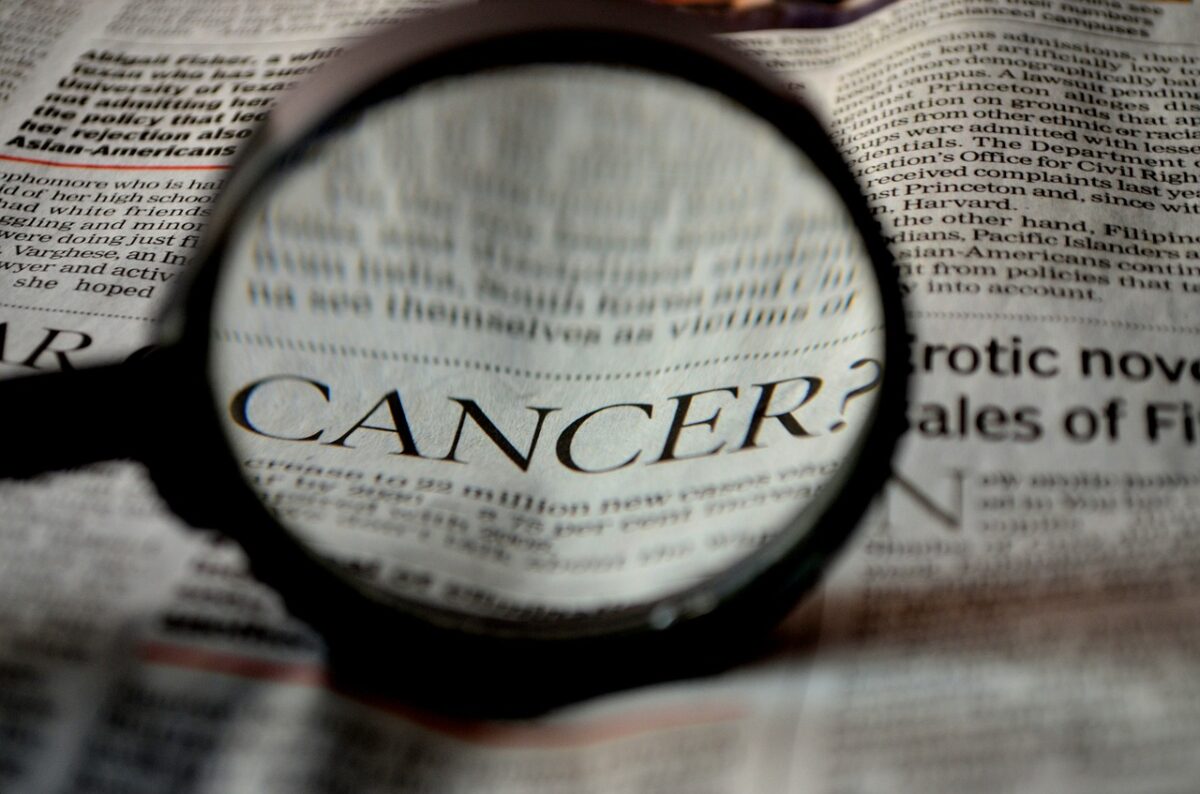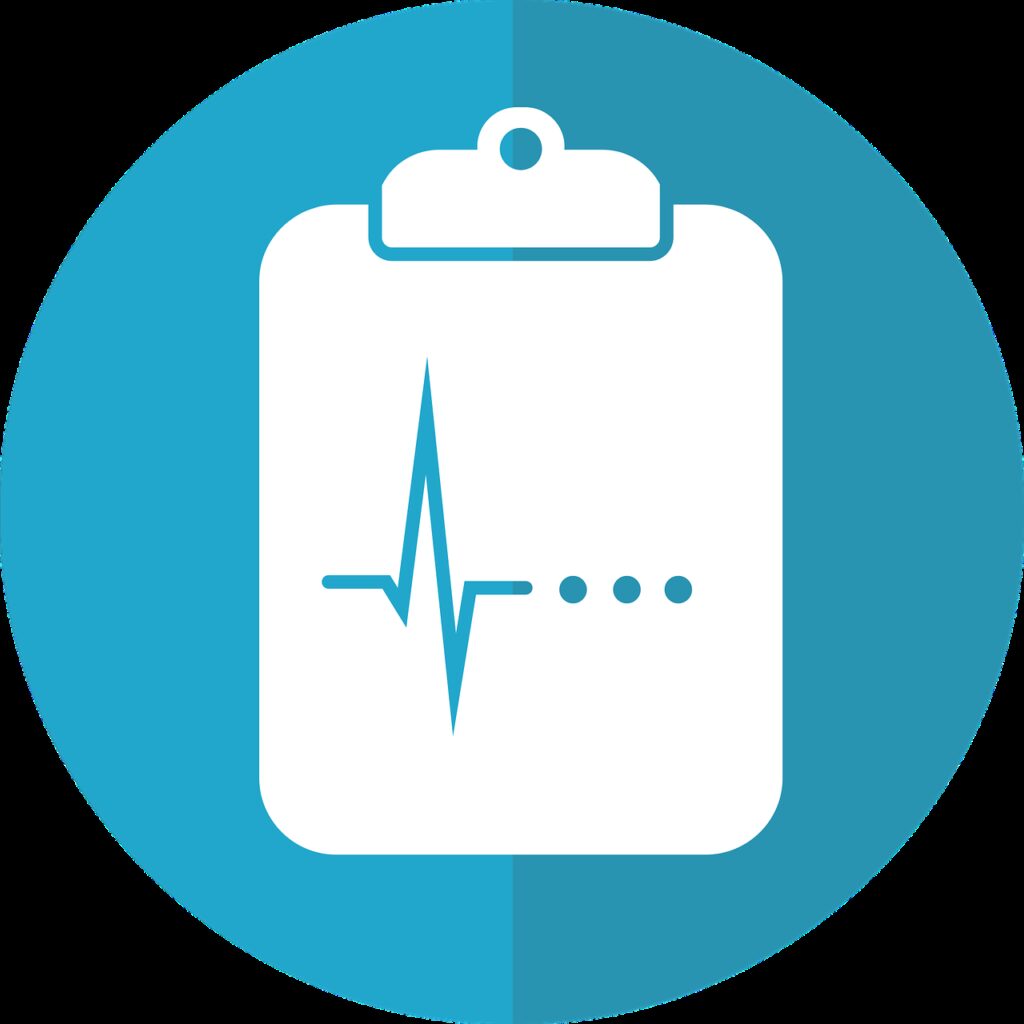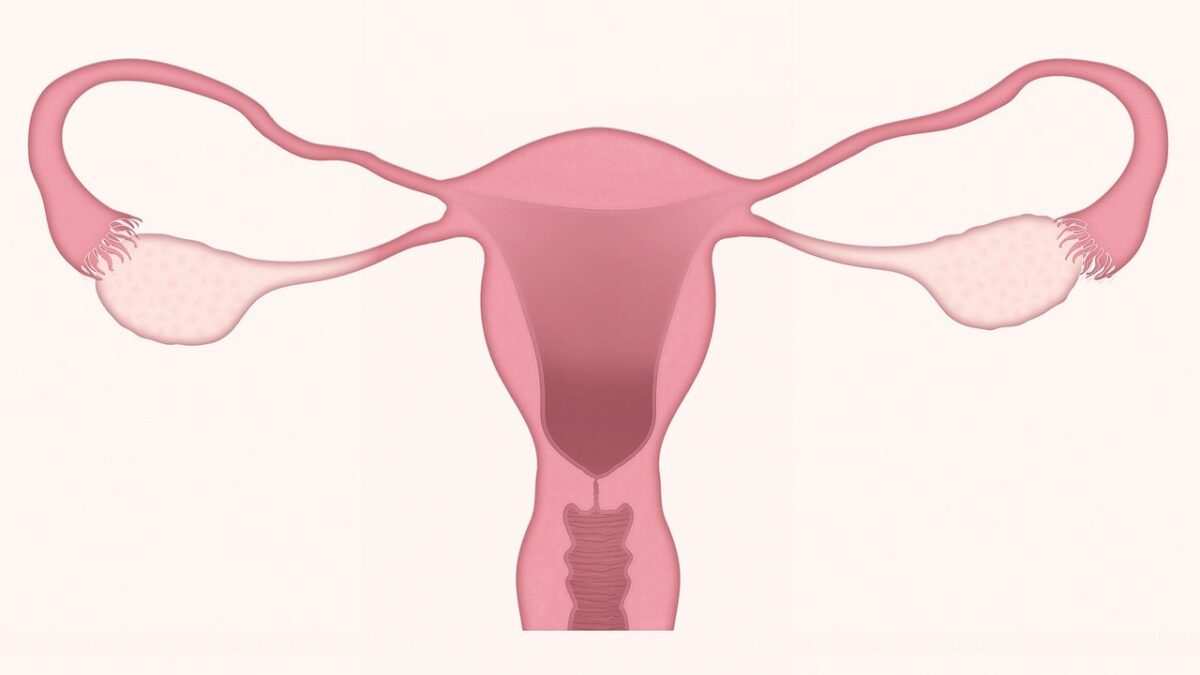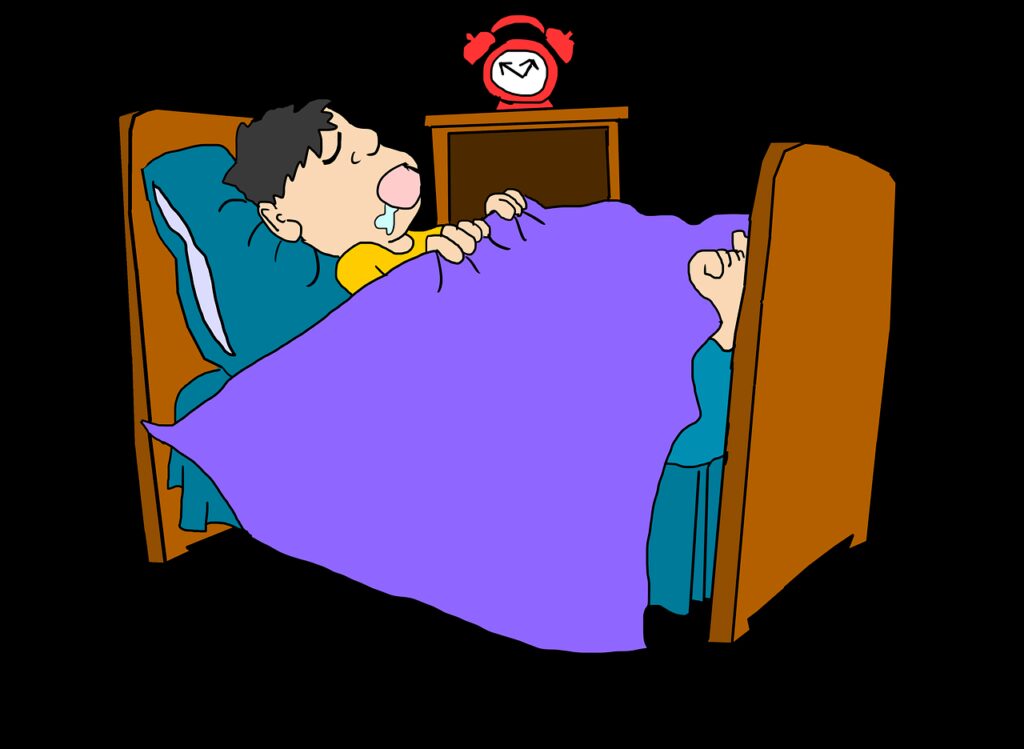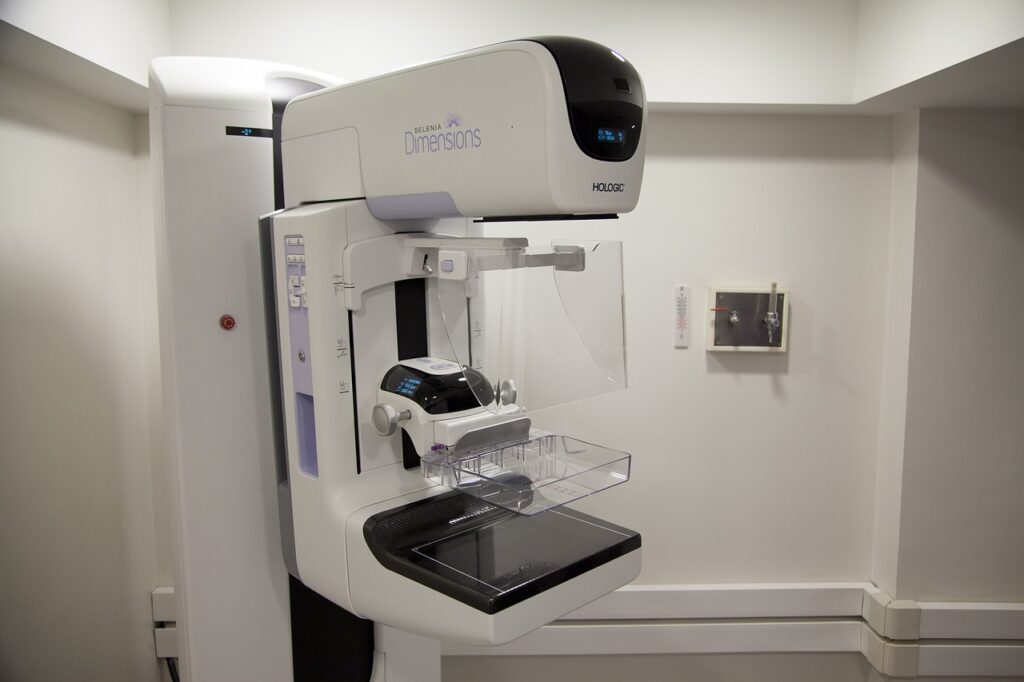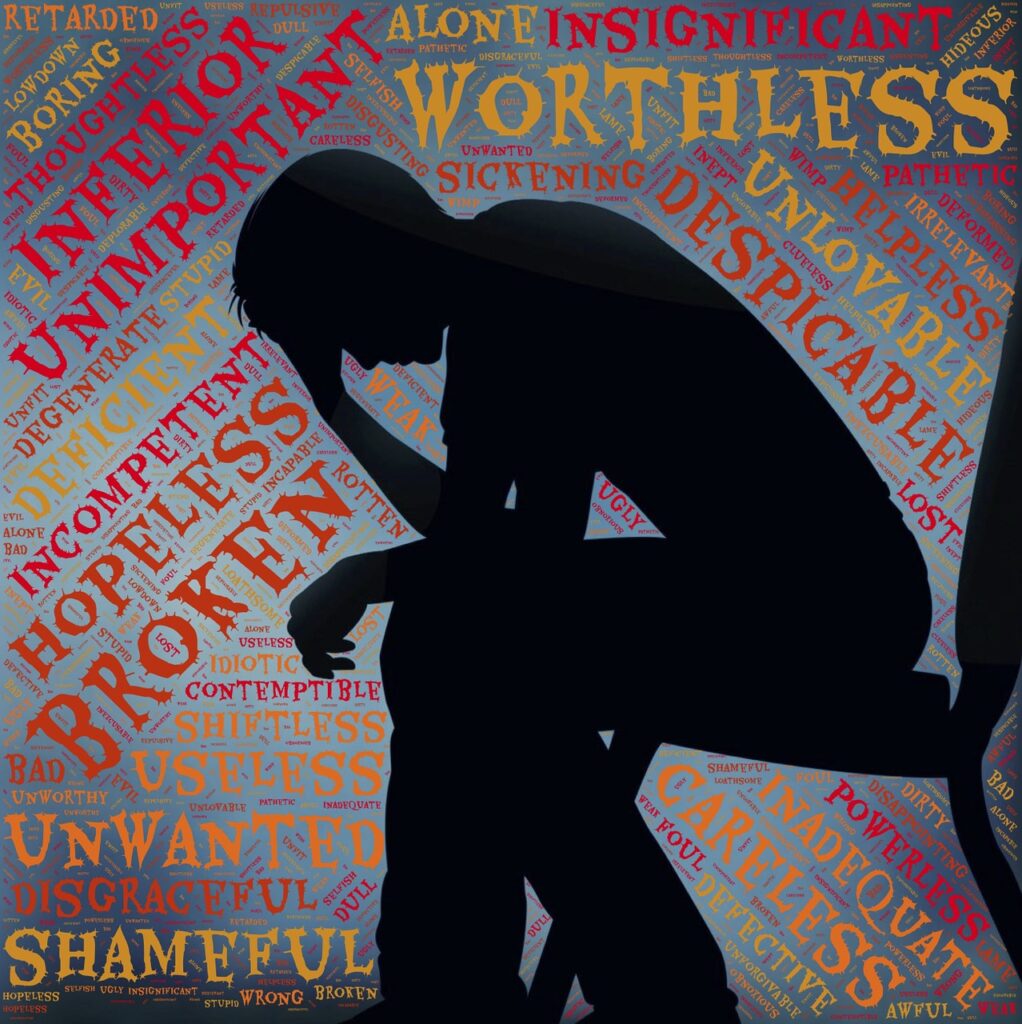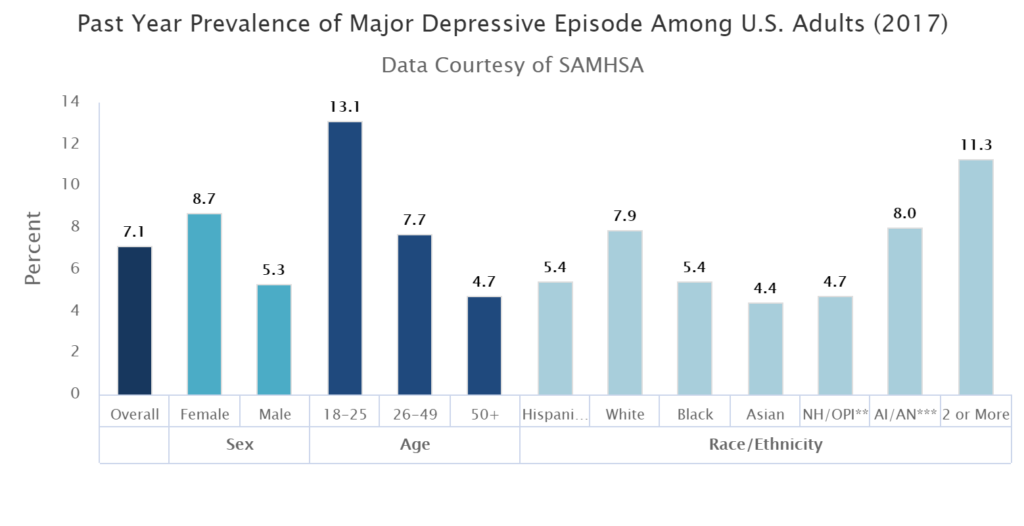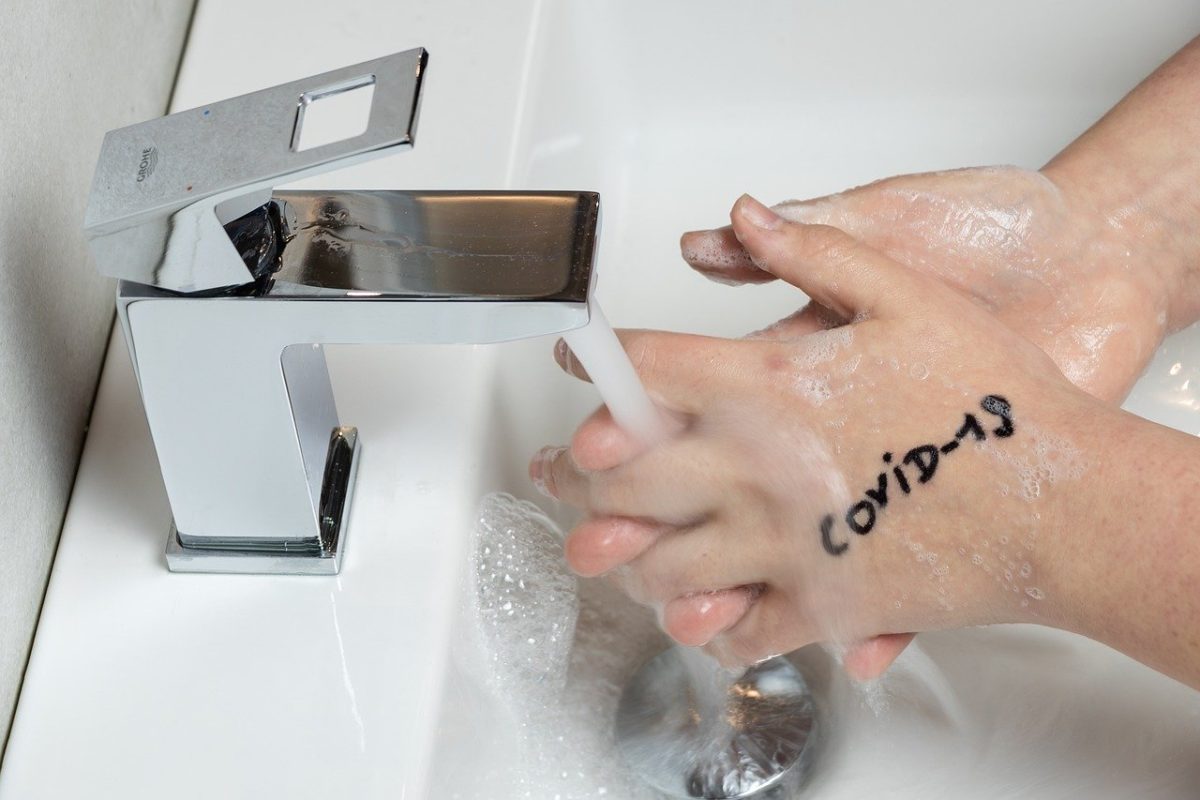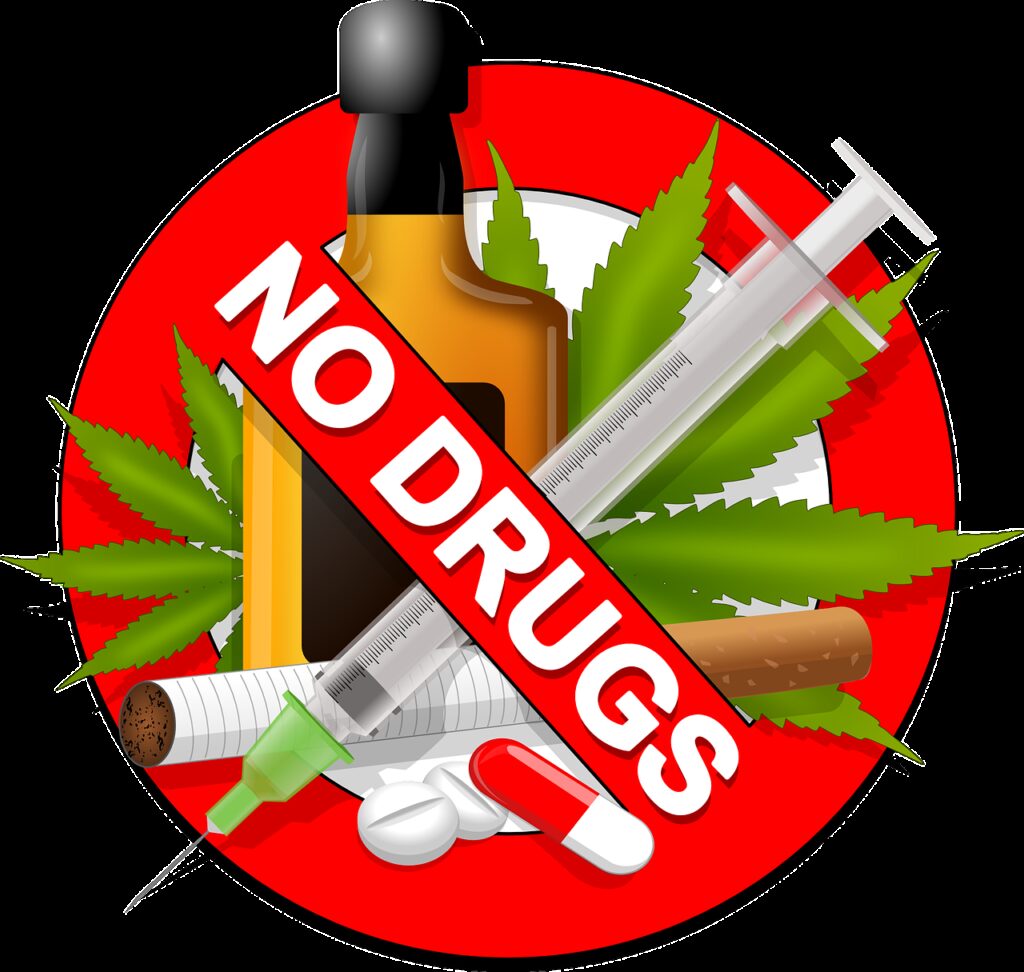As many of our parents are getting older. There is a higher potential for the need of long-term care. There are approximately 1.4 million folks in long term care in the US. This business is a 443-billion-dollar business in the US in 2019 and expected to reach 1.7 trillion by 2028. Every country helps their elders in different ways. I found a blog post looking at other wealthy countries and comparing the way they help their elders. Picking the right long term care facility is a critical decision for most. Look here for a list of states and rankings. Also, the decision is so tough. It can split families making the decision to place a family member in long term care. But, being a caregiver is also tough. What to do, is what we will discuss. October is long term care planning month.
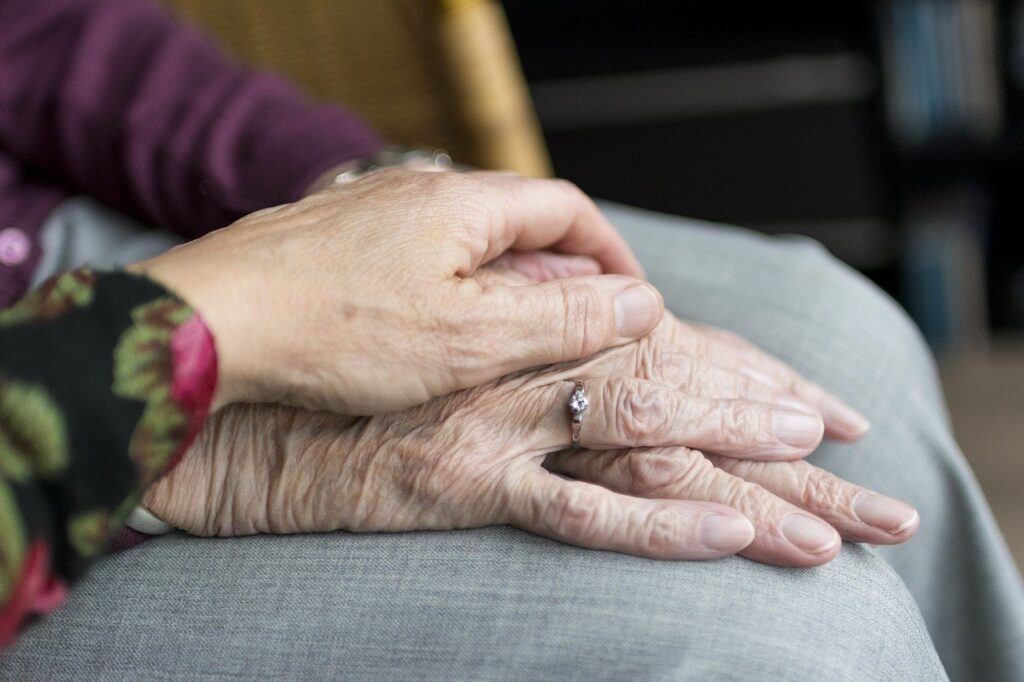
Many families go to the doctor when they start having issues with health. As the elderly become more fragile with health issues, we have to consider how to keep them safe. More than 6 million Americans suffer from dementia. Most of which will require long term care. Many families take on care giver support, meaning that someone in the family takes care of the elderly individual. This can start out as making sure they have groceries, making meals, taking to appointments. Then this progresses to needing help with showers, and getting dressed. It can move quickly from needing help with shopping to needing someone there all the time. This can be a daunting task for the individual who is the main caregiver.

It is very important to look at the long-term facilities in your area, to help determine if a loved one will stay in your area, or near another family member. Here is a site comparing states and long-term facilities. You want to look for cleanliness, how are the other residents being treated, what do the reviews say about the facility. Maybe even see if you can purchase a meal to see if you and your loved one like the food. Always listen to your gut when you are visiting different facilities. While this is no fun for the caregiver nor the elderly individual, it is better to be prepared in advance. When the time comes that the care is needed it will be difficult to make the decision. Even tougher if you have not researched the ones, you feel fits your loved ones needs. There is always the potential that the long-term facility will not have any beds available also. It is good to have a list of your top three.
Where do we look? This Medicare guide gives you a great resource for seeing where your state, long term facilities rank. Maybe you have family living in another state and those long-term facilities are higher ranked or you like them better. Remember, this is where your loved one will live. This decision needs to be what is best for them. NOT YOU! In many decisions in life, we often think of how it affects us. This is a decision that we cannot afford to be selfish. If the best place for our loved one is 4 hours away, then that is the best place and we have to make the time to go and check on them.

I really feel that it is always good to listen when other talk about the long-term facilities in the area. It is good to know the general reputation. However, the actual research is one that when you know that your loved one is starting to have some issues that may require long term care in the future. You may have absolutely no need to use the information that you learn. I hope that is the case. However, with 9% of our population being over the age of 65 and rising to an estimated 16% by 2050. 6.5% of those are living in long-term facility either on the nursing side or the assisted living side. It is a good chance you will need the information. There is almost 29,000 facilities in the US and rising. With this in mind, research is essential to find the right one.
Starting the research will mean to look online or local healthcare facilities to get a list of the nursing facilities in your area. This list can range from none to several, depending on the size of your community. Also, if you have family living in other areas (such as siblings) look there also. This just gives you and your loved ones more options. Many elderlies will prefer to stay either in their own community or near a hometown. Research each facility as to reviews online, remember to look at how many have reviewed this facility. Keep in mind that folks are quicker to make a bad review than a good one, no matter how good the service. So, when looking at the reviews look at both the good ones and bad ones. Then make your list of the ones you would like to visit. See my suggestions above regarding what to look at while there. Speak with the social worker who can give you the information for admission, financials you must be aware of and any paperwork that might need addressed.

Long term care is the one thing that is a tough decision, especially when family are at odds over it. The more prepared you are, for this, the better. These discussions need to take place as soon as there is a concern that it may be needed. Remember to be open to other family members opinions. Do not belittle opinions that differ from yours in making this decision. A split family is not good support for the loved one that needs care.
I challenge you to pick up the phone book or computer and look up what is available in your area. Also, if you have any information that would make this decision better for others please comment below.










